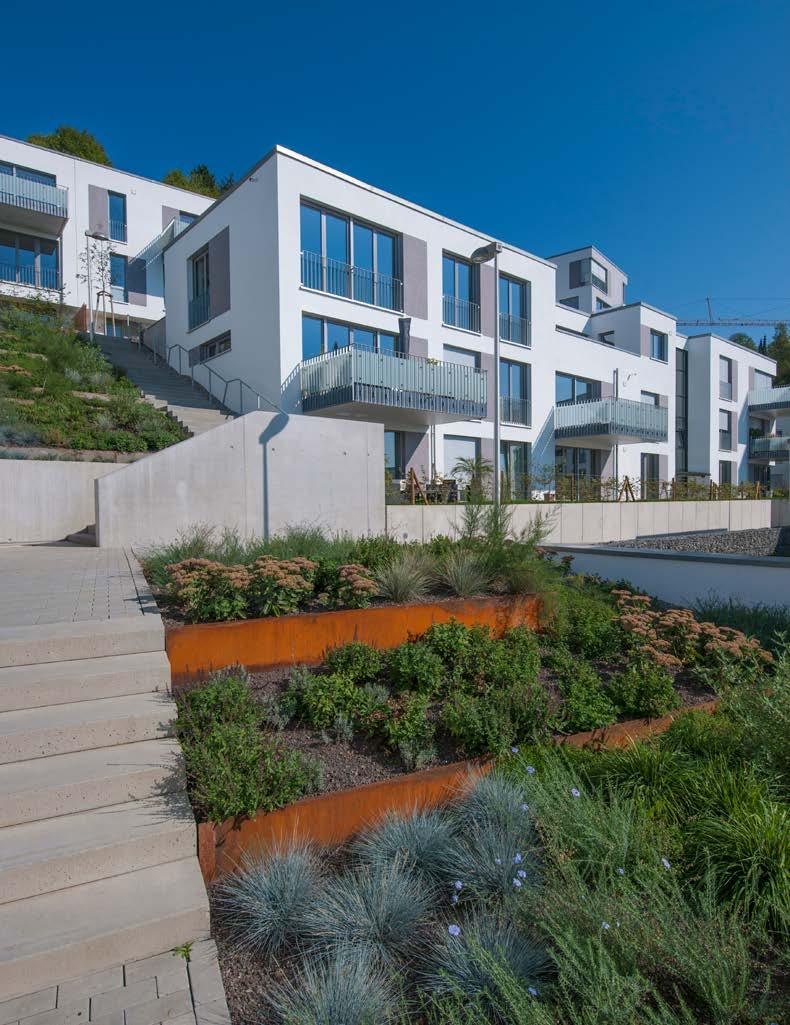
3 minute read
H+H’s science-based target
In 2021, H+H committed to an ambitious 1.5°C climate target and had our target validated by the Science Based Targets initiative. In doing so, we have become the first manufacturer of AAC and CSU and one of only six companies within the building-products sector in Europe to have sciencebased targets approved in line with the 1.5-degree scenario.
H+H’s commitments • H+H commits to reduce absolute Scope 1 and 2 GHG emissions by 46% by 2030 from a 2019 base year.
Advertisement
• H+H also commits to reduce Scope 3
GHG emissions 22% per m3 by 2030 from a 2019 base year.
Science-based targets provide companies with a clearly defined path to reduce emissions in line with the Paris Agreement goals. Targets are considered ‘science-based’ if they are in line with what the latest climate science deems necessary to meet the goals of the Paris Agreement—limiting global warming to well-below 2°C above pre-industrial levels and pursuing efforts to limit warming to 1.5°C.
H+H’s science-based target sets out the reductions that we will make as a company by 2030 in our Scope 1, 2 and 3 greenhouse gas emissions and aligns H+H to the Paris Agreement and to the EU’s climate goals.
The ten-year science-based target builds on the product life-cycle analysis ("LCA") that we undertook in 2020 on our AAC and CSU products—the two main building materials manufactured and supplied by H+H. The LCA underpins H+H’s commitment to achieving net-zero emissions in our operations and products by 2050.
Taken together, the science-based target and the commitment to net-zero emissions by 2050 provide H+H with a strong foundation to reduce emissions. The levers by which we will achieve these reductions are discussed in the Sustainable Buildings and Climate and Environment sections of this report.
Implementing the GHG protocol
As part of the science-based target setting process, H+H undertook a detailed mapping of our GHG emissions in accordance with the GHG Protocol. This included enhancements to the methodology as well as setting a recalculation policy and has led to adjustments to the 2019 base year GHG emissions that were previously reported.
H+H’s carbon footprint
H+H’s emissions amounted to approximately 913,000 tonnes of CO2e in 2019. In accordance with the GHG Protocol, these are divided into three scopes:
1. Scope 1 emissions are those that we as a company can directly influence through our own operations— such as emissions produced in H+H’s factories.
2. Scope 2 emissions are indirect emissions from operations, such as production of electricity and heat elsewhere. 3. Scope 3 emissions are indirect, and are largely driven by the manufacturers of the cement and lime which is purchased by H+H.
Direct emissions from H+H’s operations account for about 25% of H+H’s carbon footprint, with about 75% of these emissions generated by the use of coal, oil, steam, and gas in our factories.
About 75% of the emissions in H+H’s carbon footprint are generated elsewhere along the value chain. The majority of these emissions (approximately 95%) are generated upstream by cement and lime manufacturers as a result of the chemical reaction that occurs when carbon is removed from limestone as it is heated to produce clinker for cement or lime. The CO2 released is an unavoidable consequence of this reaction, as the limestone has absorbed CO2 during its formation.
H+H’s total CO2e 2019 emissions used as a baseline for science-based targets
Transport and distributions and embedded emissions
5%
Diesel
Raw materials
95%
Lime, cement 75%
Value-chain emissions (Scope 3)
Operational equipment and offices
25%
Electricity, steam
25%
Emission from operations (Scope 1+2)
Energy
75%
Gas, coal, oil




